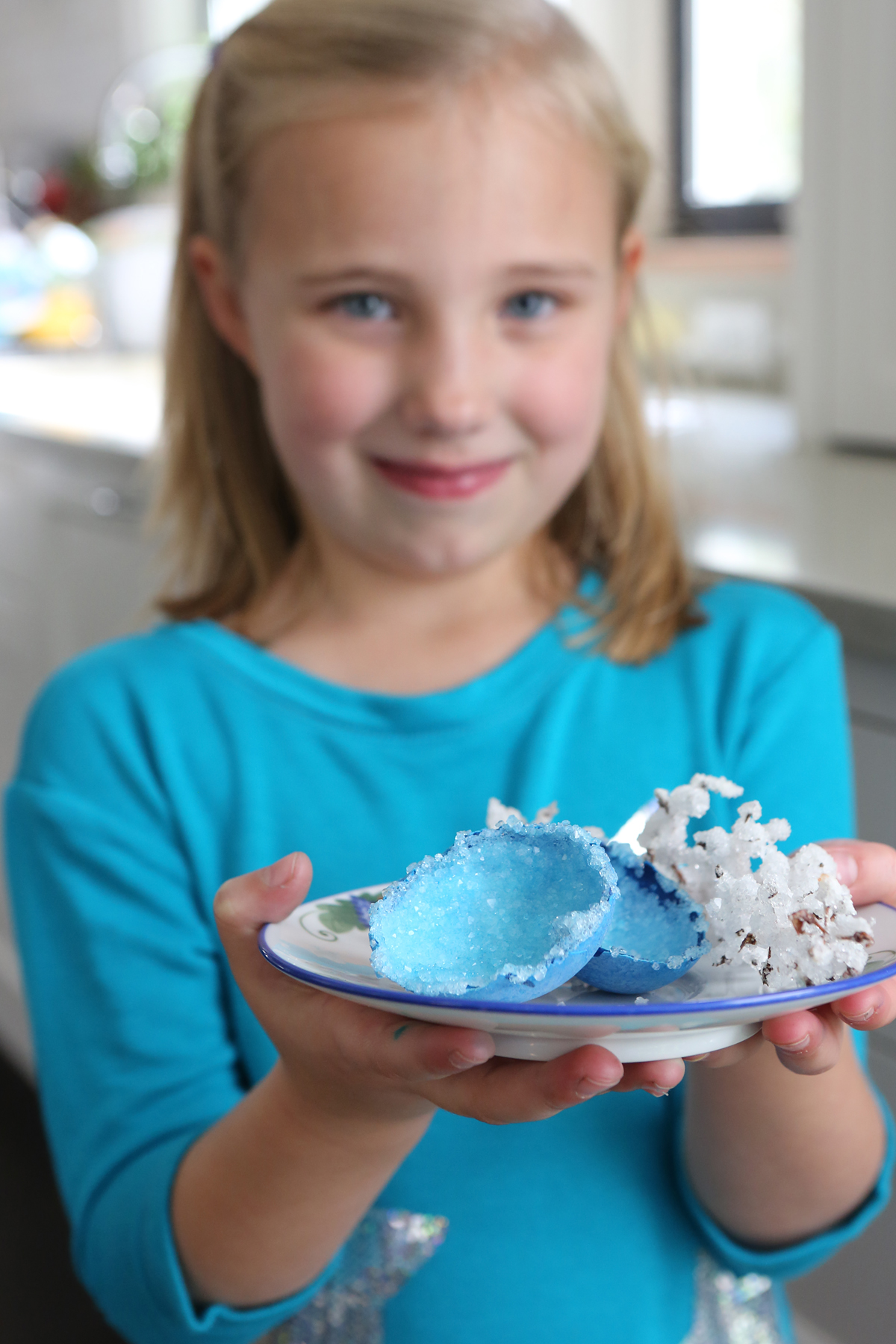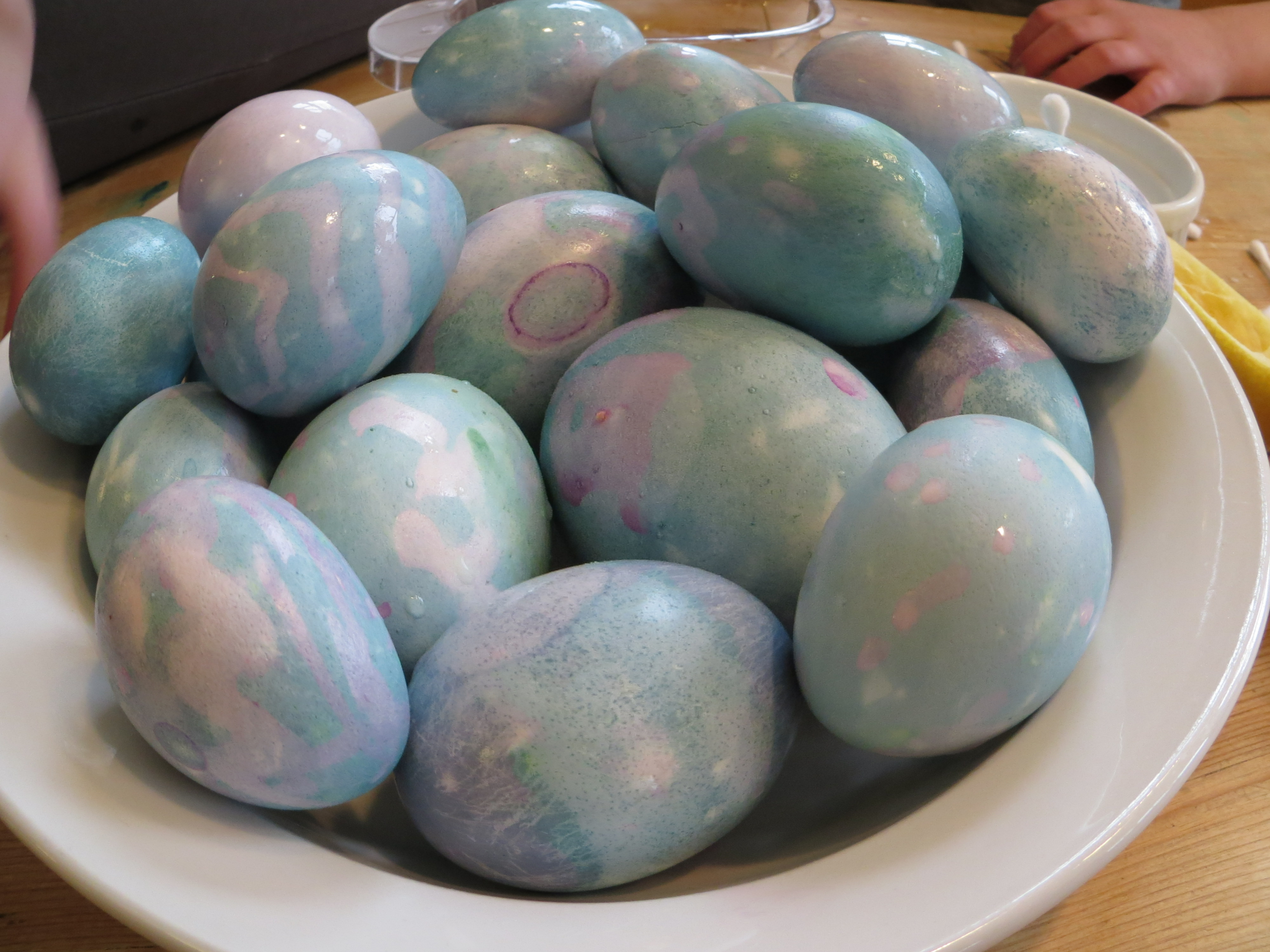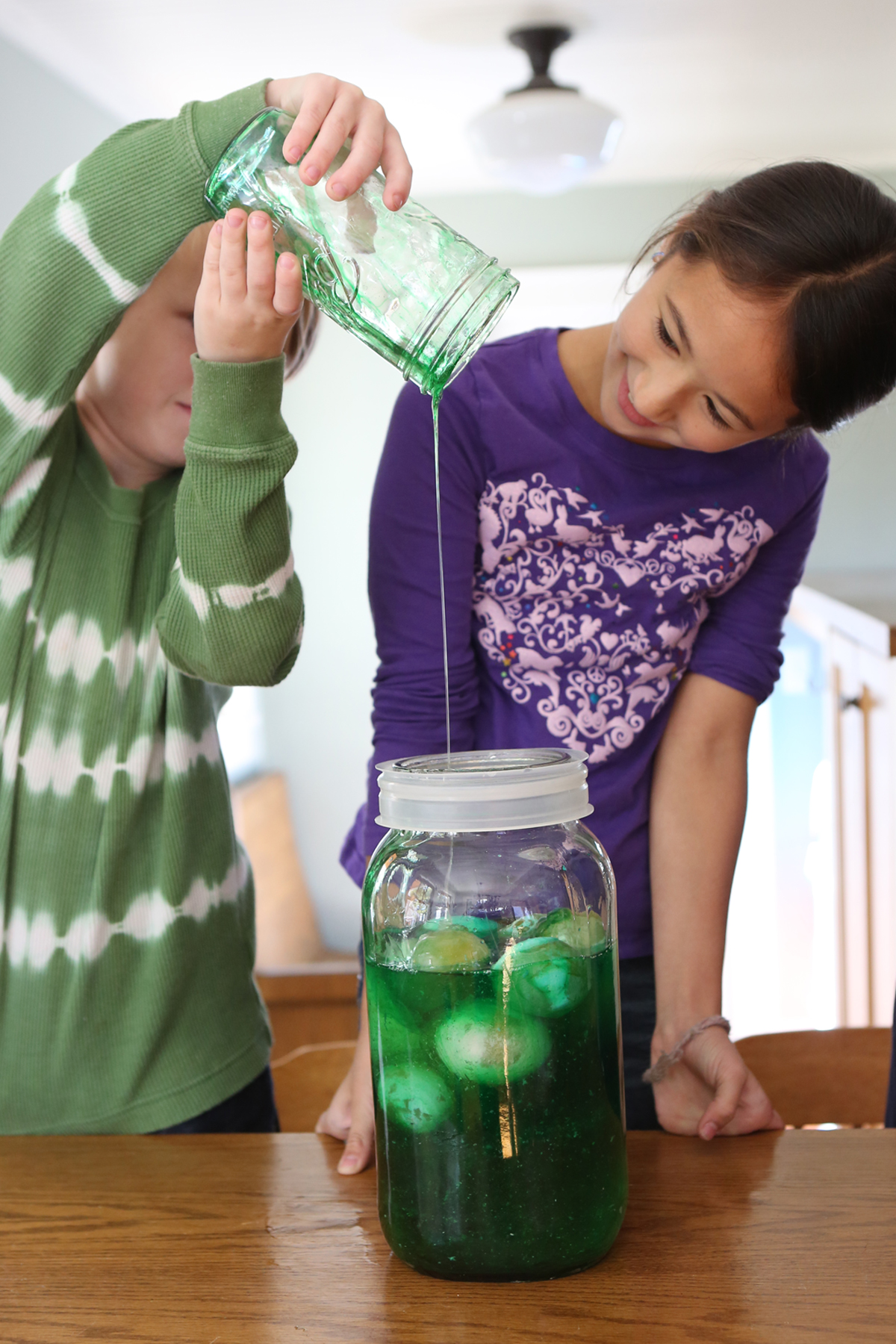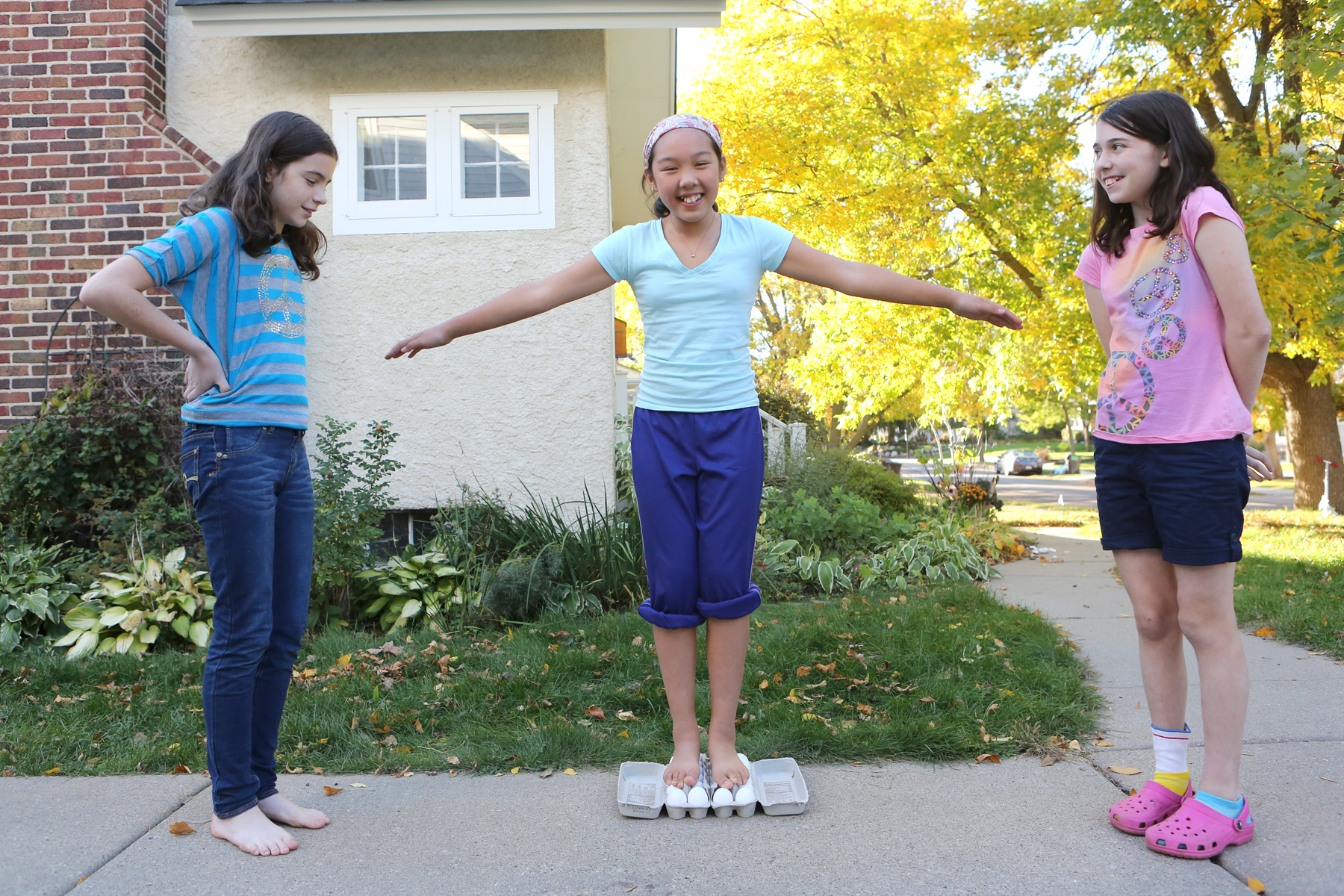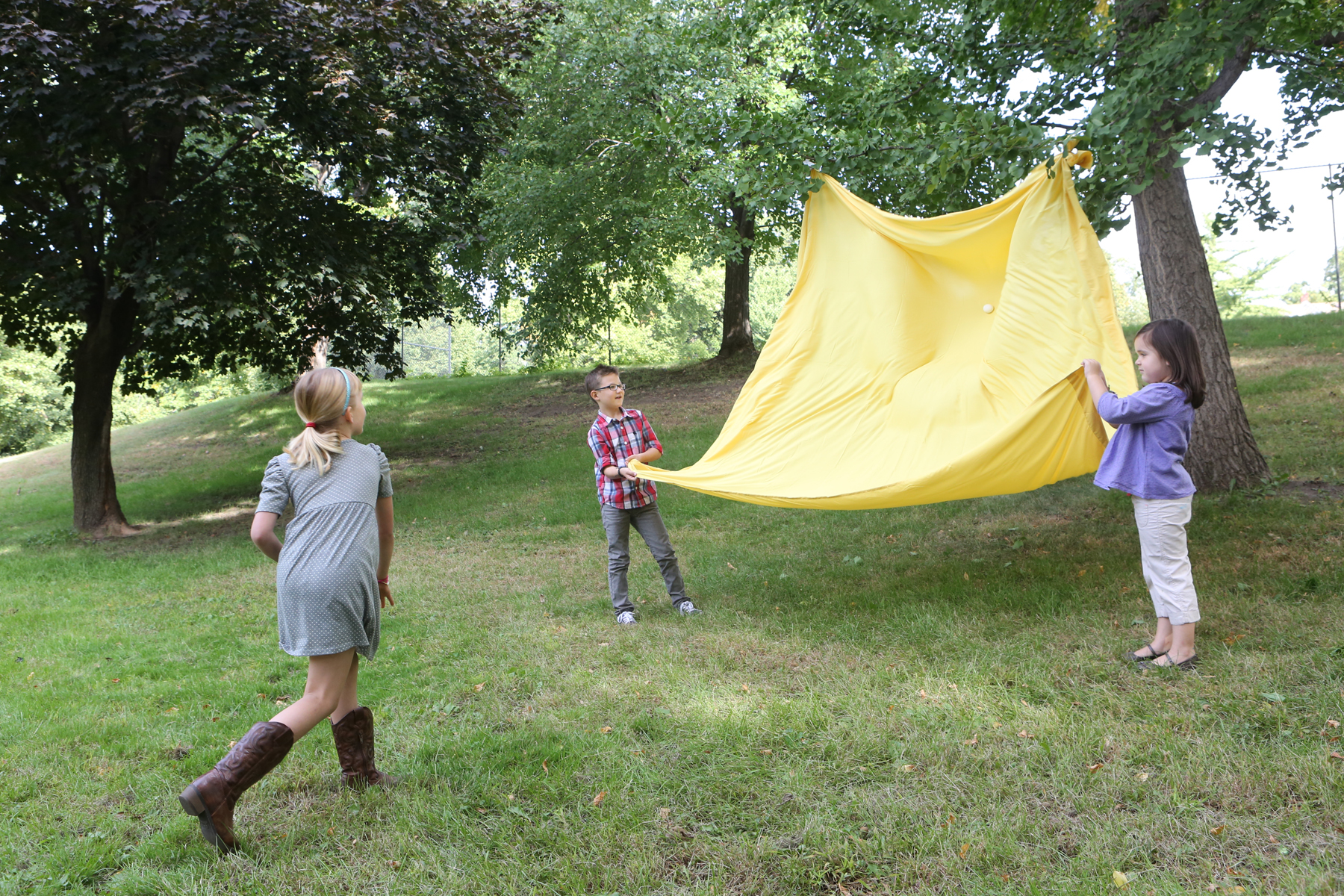Tag: STEAM’
Bristlebots
- by KitchenPantryScientist
With a brush, some batteries, a small motor and a few wires, it’s easy to create a robot that spins, bumps and buzzes around on any smooth surface.
You’ll need:
-a small brush, like a vegetable brush or a cleaning brush
-two AA batteries
–battery holder for 2 AA batteries (optional)
-insulated wire
-a small toy motor with lead wires and pencil eraser or small rubber stopper (or vibrating motor)
–battery clip (optional)
-zip ties (optional)
-electrical tape or duct tape
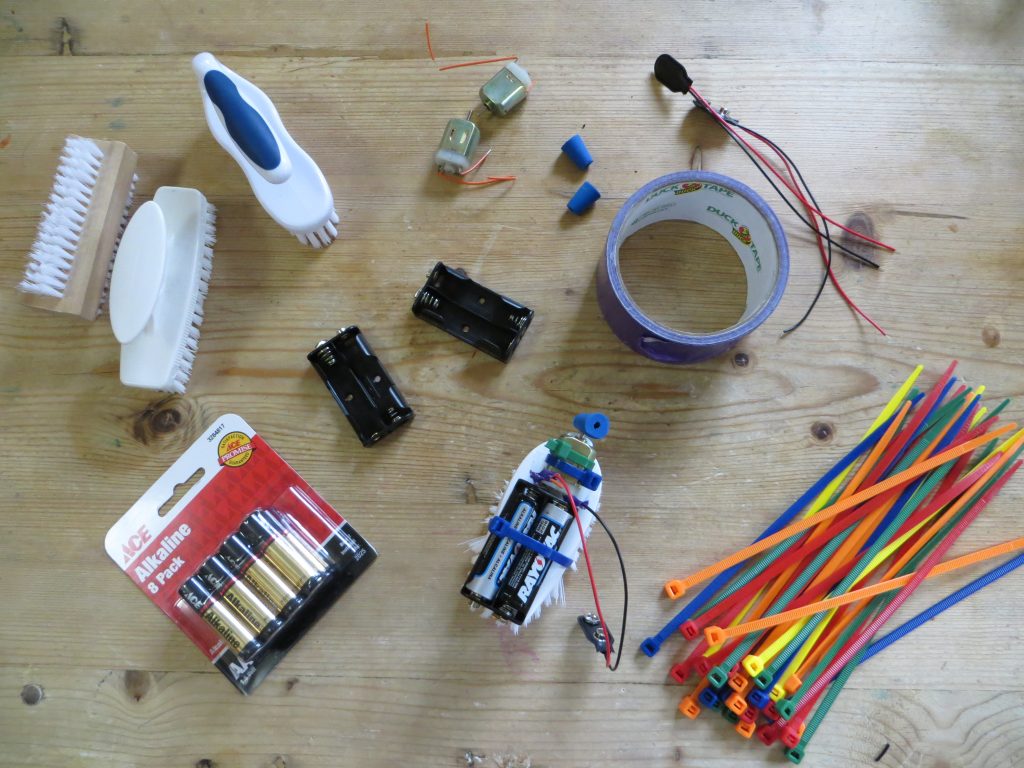
Bristlebot-KitchenPantryScientist.com
Make your bristlebot!
- Attach the motor to one end of the top of the brush. If it’s not a vibrating motor, stick a eraser or rubber stopper onto the spinning post to make it vibrate. Use a zip tie or duct tape to secure it. Make sure the spinning parts can rotate freely.

Attach motor- KitchenPantryScientist.com
- Attach the battery holder to the top of the brush near the motor.

Attach batteries- KitchenPantryScientist.com
- Insert batteries in motor.
- Twist wires around the motor terminals and secure with tape. (These may be the wires on the battery clip, if you have one.)
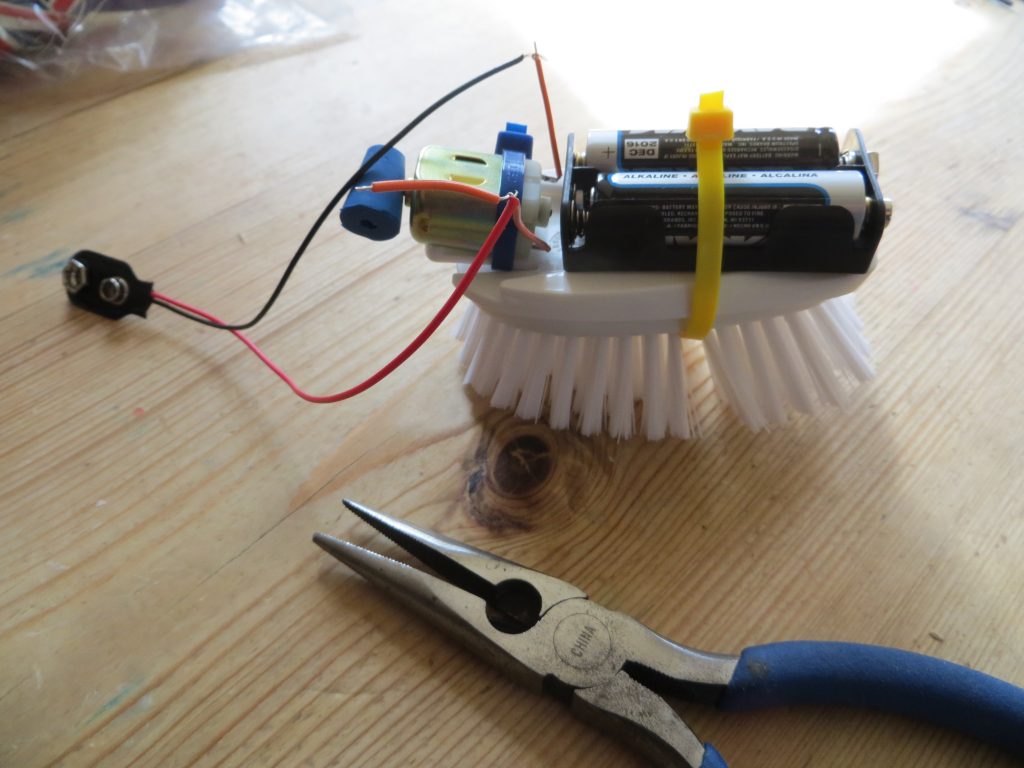
Connect battery clip- KitchenPantryScientist.com
- To start the motor, attach wires directly to the battery terminals, or to the battery clip and snap it onto the batteries.
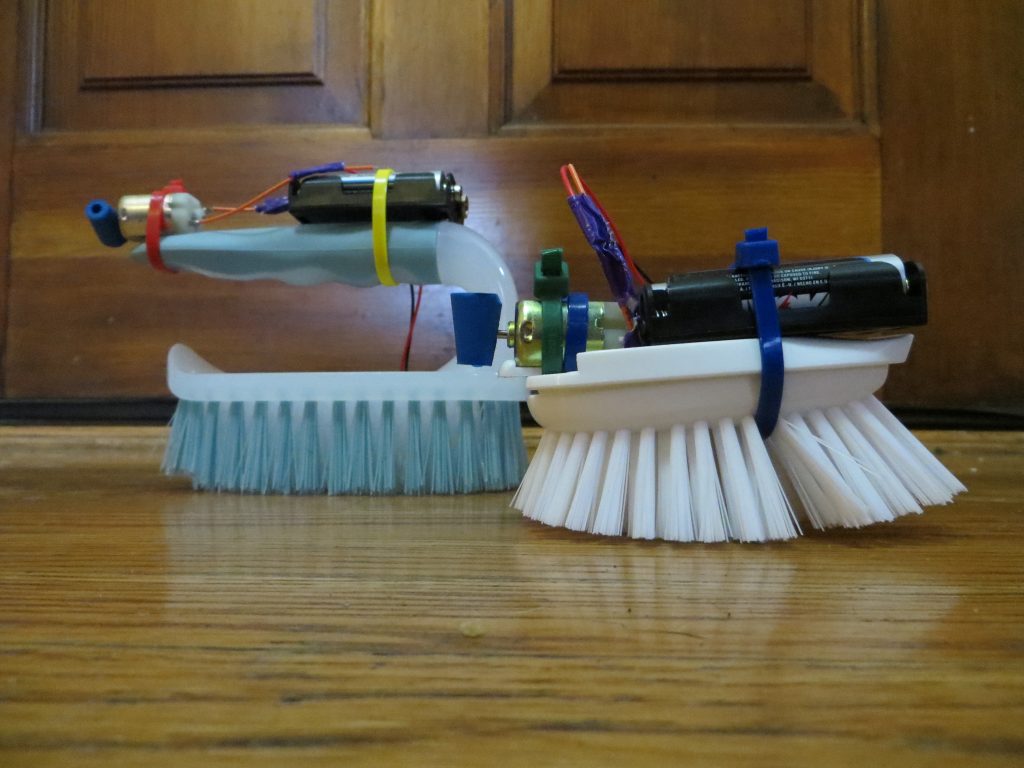
Bristlebot- KitchenPantryScientist.com
- Place your robot on a smooth surface to see what happens.
Enrichment: Try different brush shapes, sizes and angles to see how they move. Does your robot spin in the same direction as the motor, or the opposite direction?
The Science Behind the Fun: In this experiment, you complete a battery-powered electrical circuit to spin a vibrating motor. The vibrations traveling through the bristles of the brush move your robot around on the floor.
Graphite Circuits
- by KitchenPantryScientist
Electrons (negatively charged particles) can flow through substances called conductors.
Graphite, used to make pencil lead, among other things, is a conductor and can be used to make a simple circuit on paper. A circuit is just a path for electrical current.
You have to do this experiment with a graphite pencil, rather than the kind you use at school, but you can pick them up at most art supply stores. You’ll also need a few small LED bulbs, 2 wires with alligator clips on either end, and a 9 volt battery.
Adult supervision recommended.
- Make a thick, black rectangle using a graphite pencil. We used a #9 graphite crayon.
- Hook the two wires up to the battery terminals.
- Clip the wire attached to the positive battery terminal to one wire of an LED bulb. (Don’t test it on the battery, or you may blow it out.)
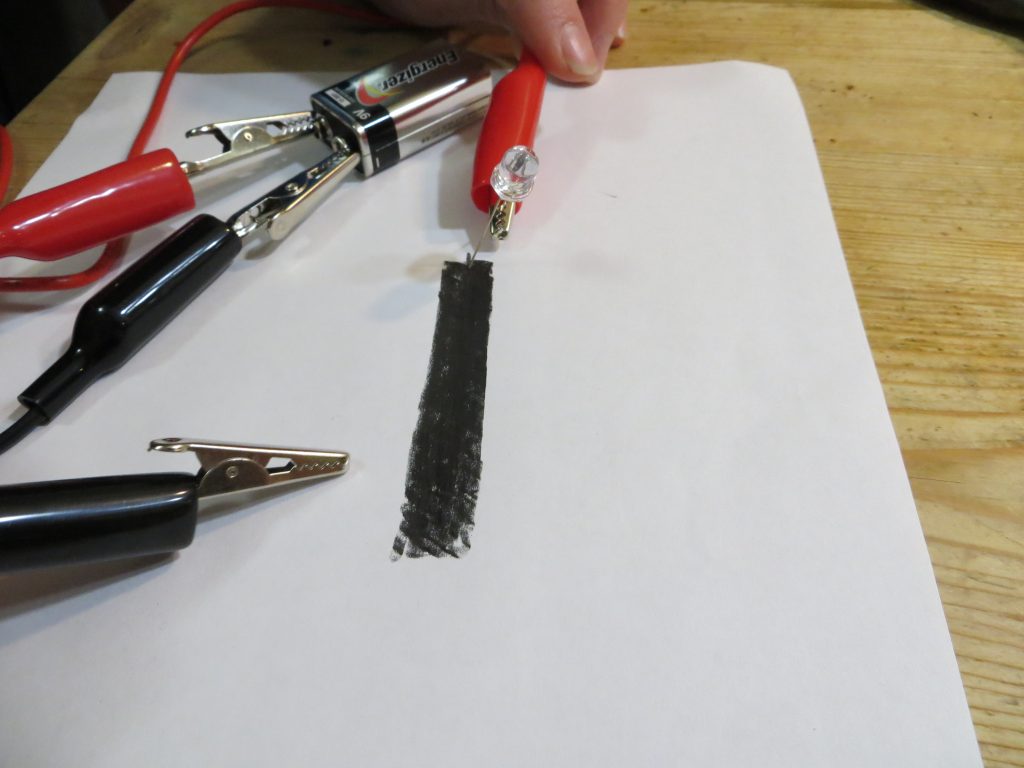 4. Touch the un-attached LED wire to the other (left) side of the graphite bar.
4. Touch the un-attached LED wire to the other (left) side of the graphite bar.
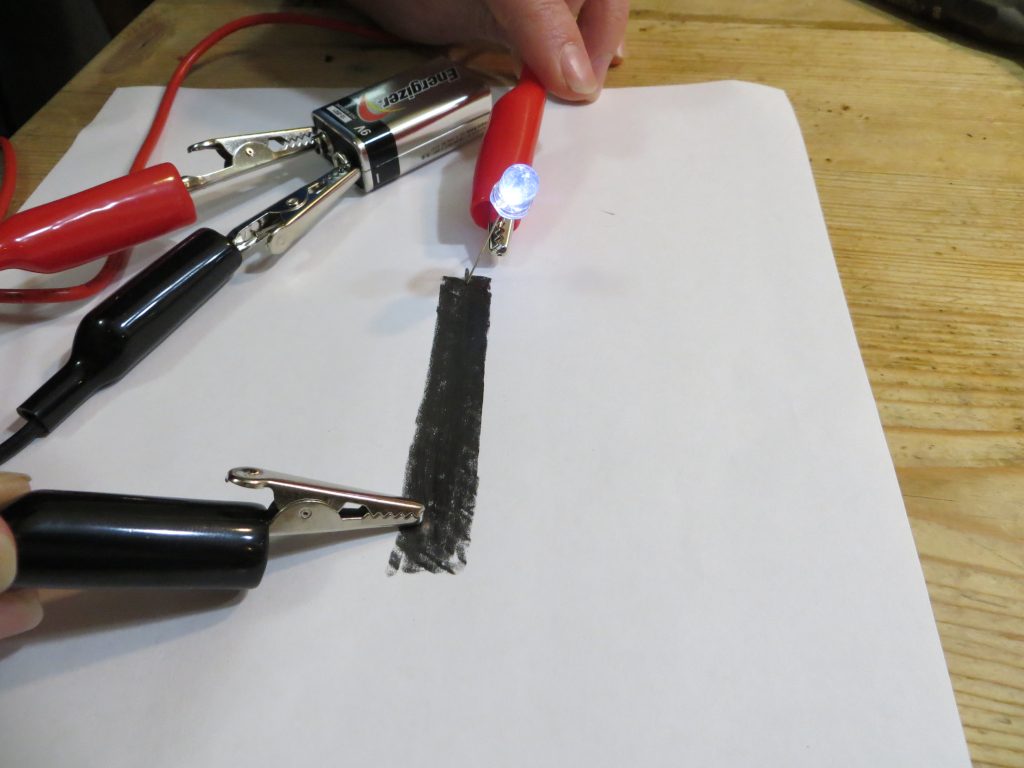 5.Touch the alligator clip attached to the negative battery terminal to the right side of the graphite bar you drew.
5.Touch the alligator clip attached to the negative battery terminal to the right side of the graphite bar you drew.
6.If it doesn’t light, switch the positive alligator clip to the other wire of the LED bulb and try it again.
7. Move negative clip closer to the bulb. It should get brighter as you decrease the distance.
8 Spring Science Eggsperiments
- by KitchenPantryScientist
Spring is egg season. You may prefer dyed eggs, hard-boiled eggs, deviled eggs, or even dinosaur eggs. No matter what kind of eggs you like best, you’ll love these eggsperiments that let you play with the amazing architecture of eggs, dissolve their shells and even dye them with the pigments found in your refrigerator. Just click on experiments for directions and the science behind the fun!
Grow alum crystals in eggshells to create beautiful geode-like works of art.
Dye eggs with spices, fruits and vegetables,
or dye them with red cabbage juice and use lemon juice and baking soda to paint them.
Dissolve eggshells with vinegar and play with osmosis when you make “Alien Monster Eggs.”
You can stand on a carton of eggs to test their strength.
For a fun physics experiment, throw eggs at a hanging sheet.
Make egg-eating monsters and watch atmospheric pressure push eggs up into a bottle.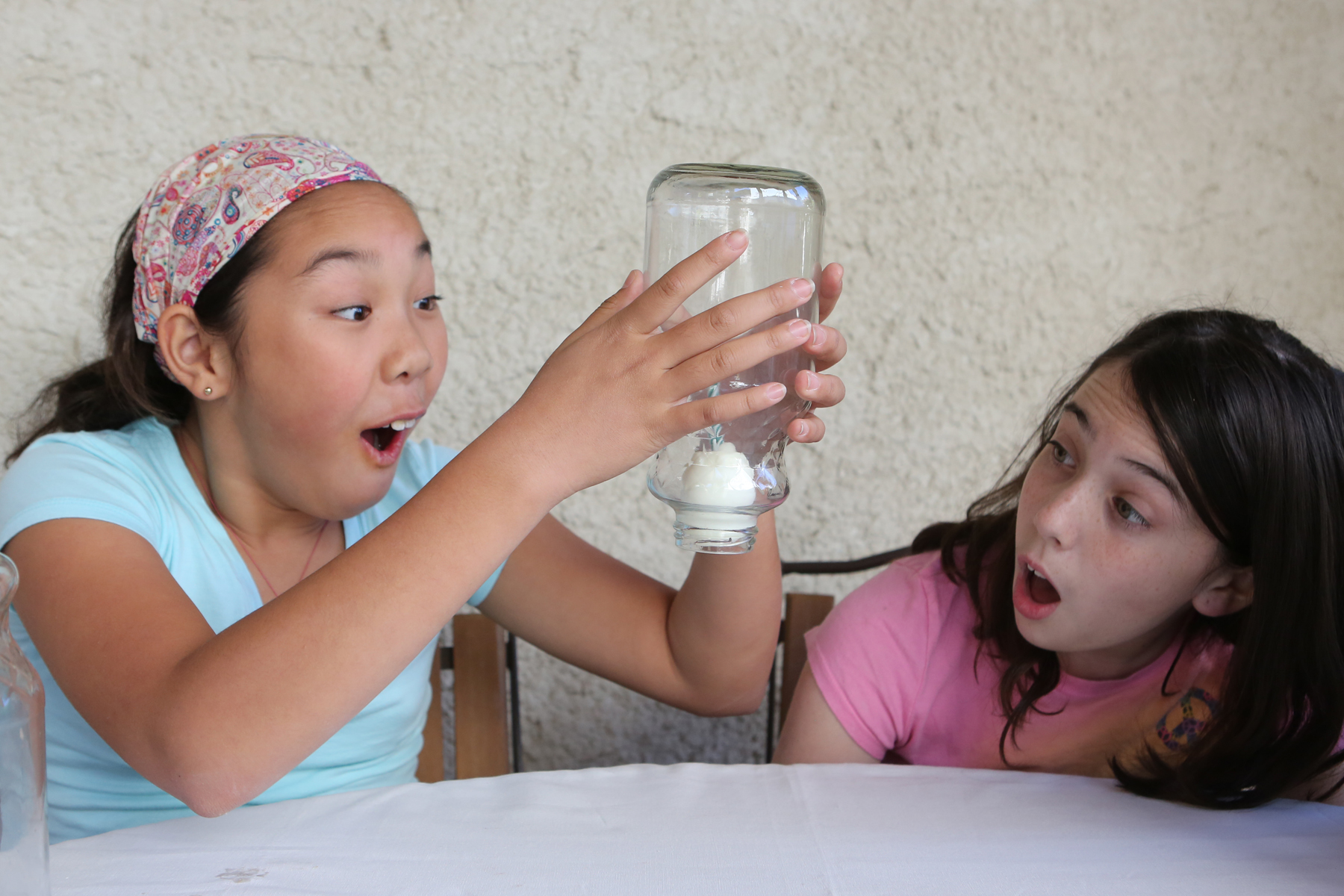
Egg drops are a fun way to test your engineering prowess.
And finally, here’s a little more about the science of hard-boiled eggs.
Physics! Biology! Chemistry! Yeah!
- by KitchenPantryScientist
I got together with some friends this weekend to do a quick iPhone recording of a chemistry song (on my Kitchen Pantry Scientist YouTube channel soon) and these awesome kids were nice enough take a break from playing to sing the Science Song with me. They had me laughing so hard that I could hardly get the words out!
Can you make up a song about science?
My New Book
- by KitchenPantryScientist
It’s been a busy summer, but we’re working on some sweet new experiments to share with you soon!
Last week, the kids and I got an advance copy of my new book “Kitchen Science Lab for Kids,” which will be available September 15th and we love how it turned out!
If you pre-order a copy from Amazon, Barnes&Noble, IndieBound, or Indigo before August 15th, I’ll send you a personalized, signed bookplate for each copy you order. Just email your receipt number and the address where you’d like the bookplate(s) sent. My email address is kitchenpantryscientist@earthlink.net. (Be sure to include the name(s) you’d like the book signed for!)
![IMG_4598[1]](https://kitchenpantryscientist.com/wp-content/uploads/2014/08/IMG_45981-300x300.jpg)
At-home science provides an environment for freedom, creativity and invention that’s not always possible in a school setting. In your own kitchen, it’s simple, inexpensive, and fun to whip up a number of amazing science experiments using everyday ingredients. Science can be as easy as baking. Hands-On Family: Kitchen Science Lab for Kids offers 52 fun science activities for families to do together. The experiments can be used as individual projects, for parties, or as educational activities groups. Kitchen Science Lab for Kids will tempt families to cook up some physics, chemistry and biology in their own kitchens and back yards. Many of the experiments are safe enough for toddlers and exciting enough for older kids, so families can discover the joy of science together.
